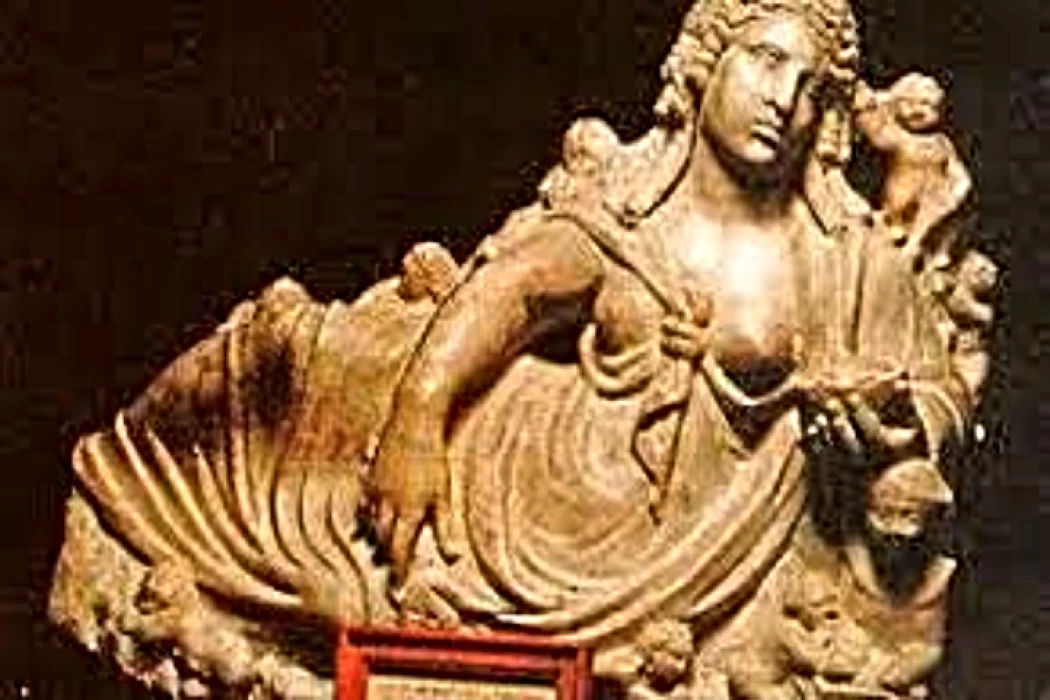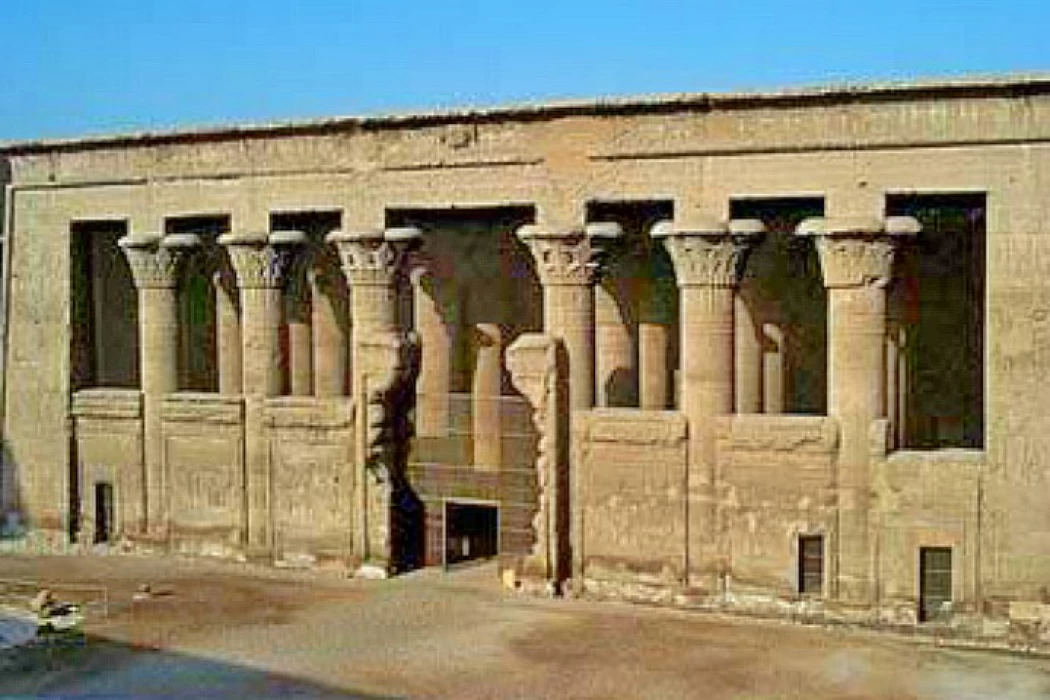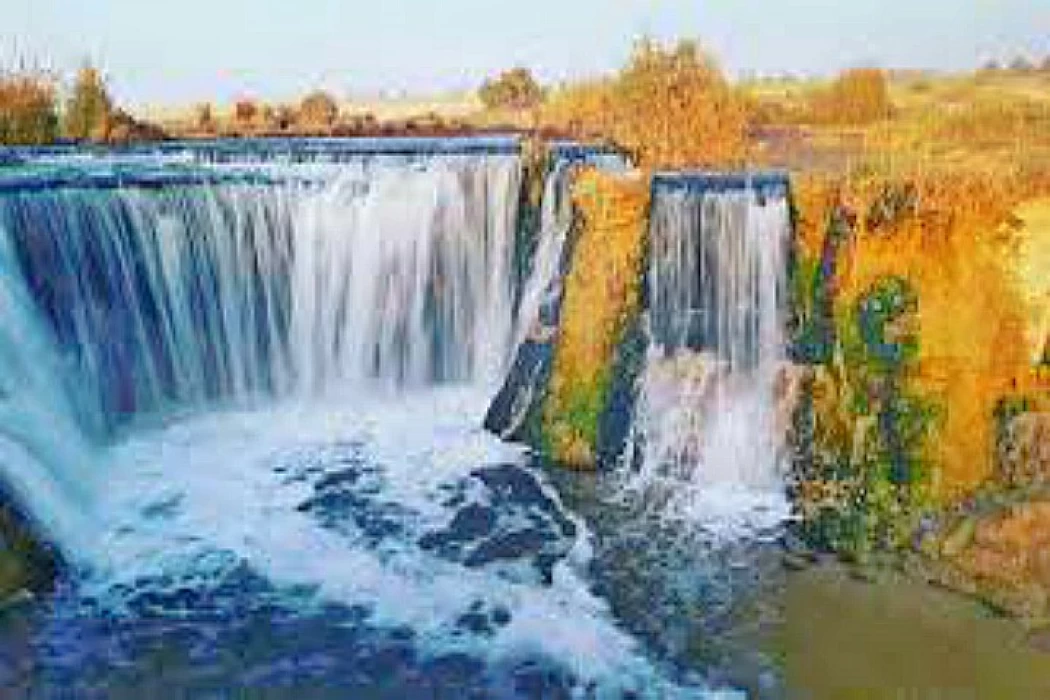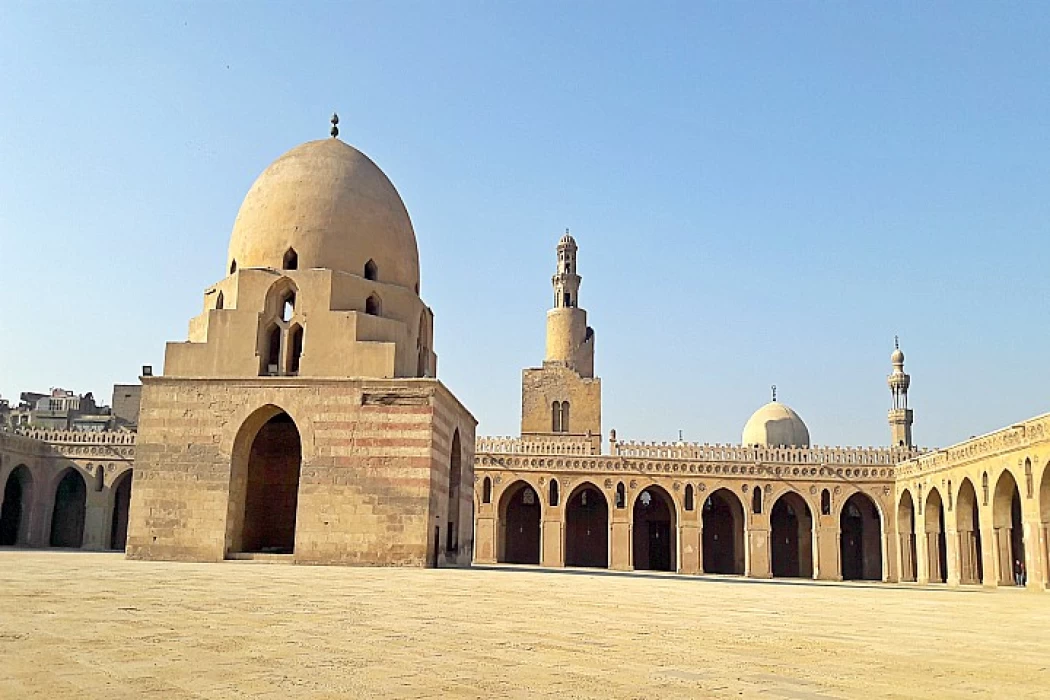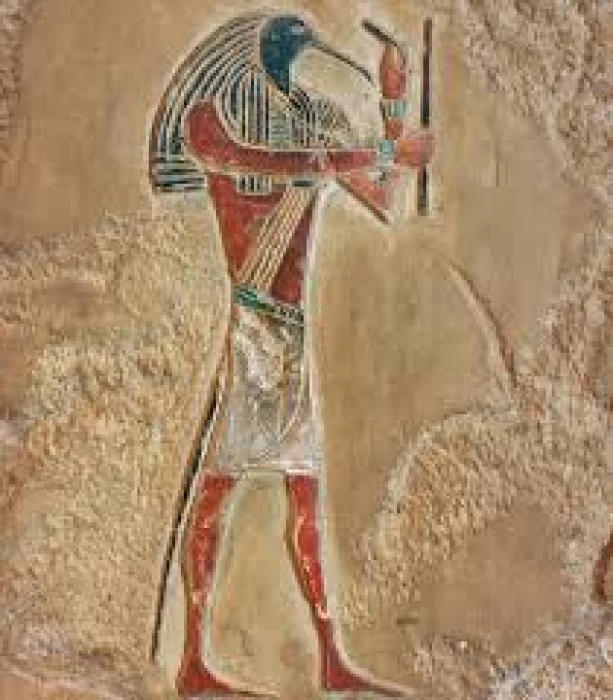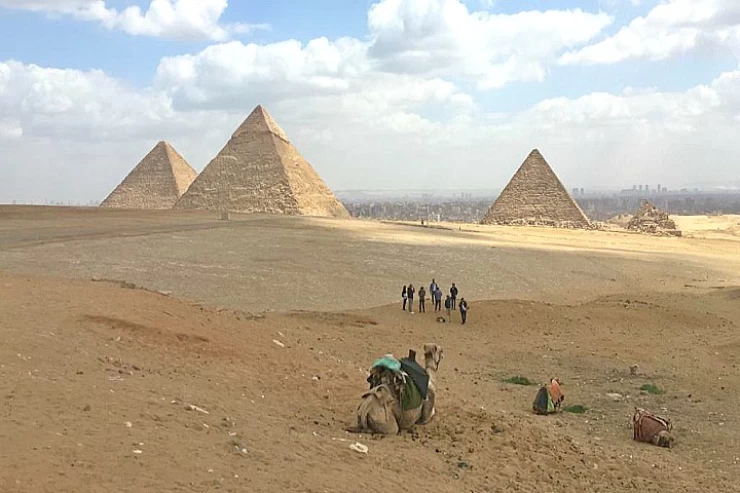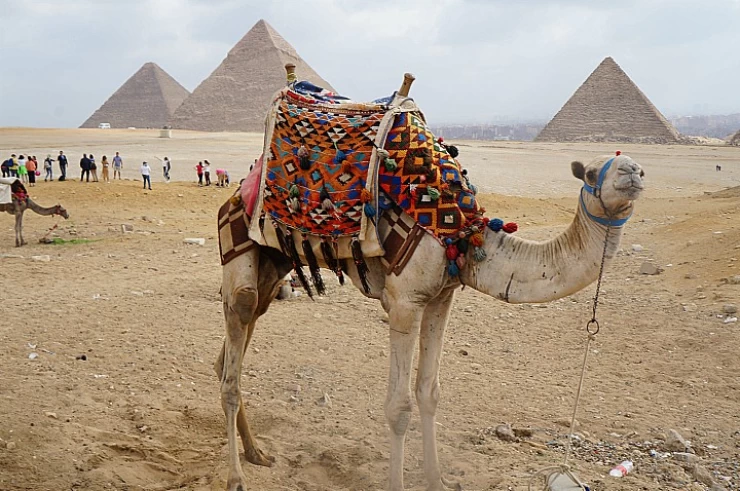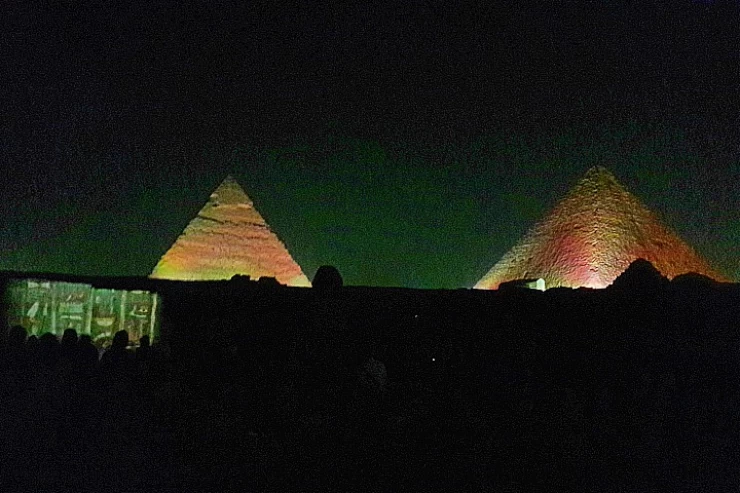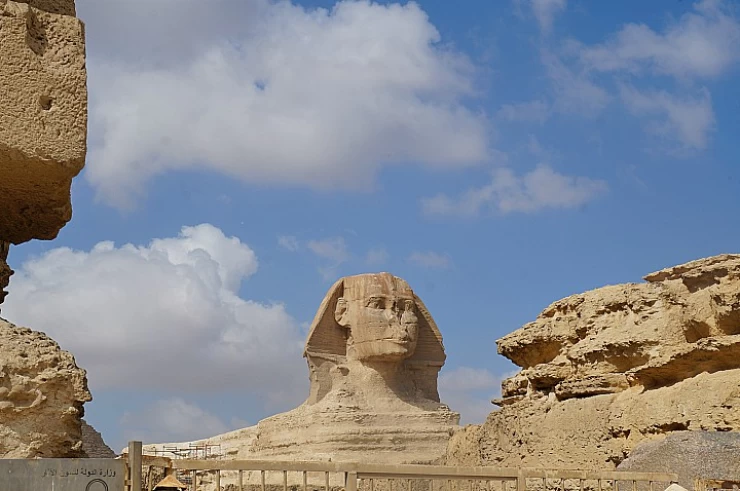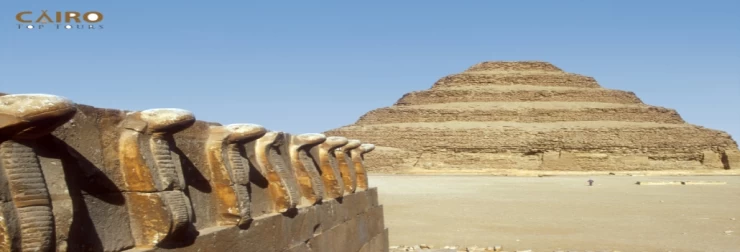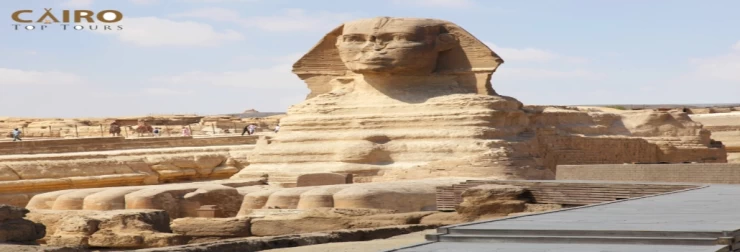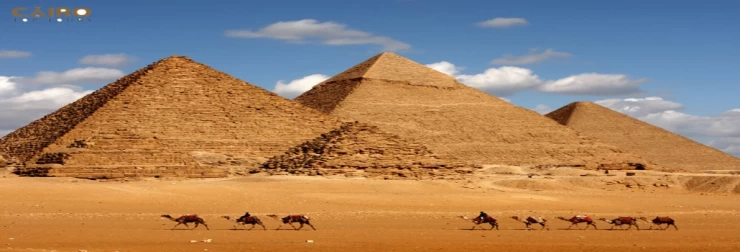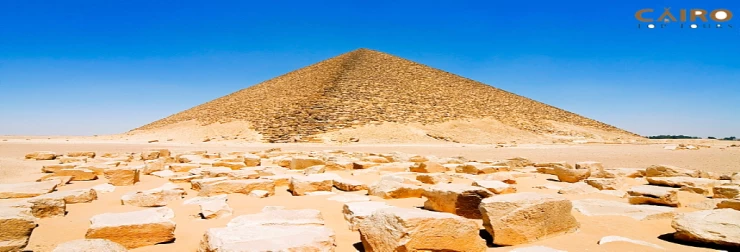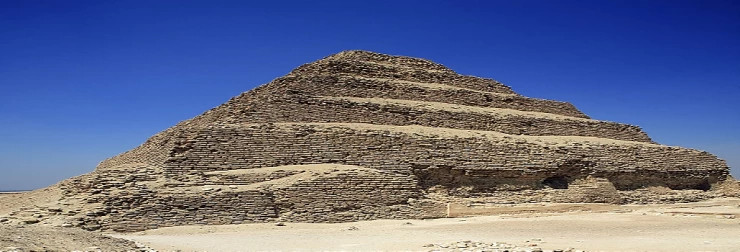
The various pyramids in Egypt
The pyramids of Egypt
The old kingdom in Egypt is distinguished as the kingdom that had built the pyramids, and everyone knows that Egypt includes 3 pyramids, but that is not true, as the ancient pharaohs constructed more than 100 pyramids in various parts of Egypt, as there are those who were destroyed in different eras and there are those who remained stable until now, the most famous of which are the pyramids of Giza and the Saqqara pyramid for King Djoser.
The pyramids were mainly used as tombs for the kings of the Old Kingdom, and this was the most unique feature of the monuments of that period, in addition to the inscriptions and graffiti that were on the temple and tomb walls.
Many things were used to construct the pyramids, but the most famous were granite and basalt, especially at the top of the pyramid.
Pyramids and their history
Djoser's pyramid
Historians consider it to be the oldest pyramid in Egypt, which was constructed by King Djoser in the form of steps that number up to 6 mastabas.
So experts said that it resembles the terraces that were in the previous dynasties more than the pyramids, and it was built of limestone as well, and its length reaches more than 160 meters, as it was affected by an earthquake that occurred in 1992, which lost some parts of it.
The step pyramid was constructed by the engineer Imhotep, who is considered the oldest engineer in history, and several other pyramids were also built in the Saqqara region, where they reached 15, such as the pyramid of Sekhmet Khet or the pyramid of Oserkaf, and even Kings Bibi I and II have pyramids there, in addition to the pyramid of Onas, and as for statues, King Djoser has a complete statue that is in the Egyptian Museum in Cairo.
Pyramids of Snefru
King Snefru is one of the most important kings of the Fourth Dynasty and its founder, and he has more than one of his pyramids. Snefru tried to construct more than one pyramid, such as the pyramid of Meidum in Beni Suef, but he built a leaning pyramid after him, which made him reconsider constructing his last pyramid, which is the Red Pyramid in Dahshur, where there were doubts about the origin of this pyramid, as a piece of limestone was discovered near it, written in hieroglyphics, one of King Snefru's nicknames.
In the Dahshur region, there are other pyramids of Sneferu, such as the White Pyramid of Amenemhat II, but it was destroyed and did not become the same form in which it was originally built, and the reason for calling it white is that the king built it from white limestone.
Just like there is a white pyramid, there is a black pyramid for King Amenemhat III, which is one of the pyramids that was destroyed and became a mountain of sand and is called black because of the appearance of this black and added mud to this pyramid as part of its construction.
There is also a pyramid of King Senwosret III, which was discovered to have been stolen by ancient thieves in the eighties of the last century by the French professor Jacques de Morgan. This pyramid was also different from the others in that it was built with adobe bricks and limestone.
The king's chamber contained a dagger, and the king's private coffin was made of granite, but it was empty, so historians may suggest that the king was not buried in this pyramid, but what was found were some things of the mother of King Senwosret III, Khenmet Nefer, who is also the wife of Senwosret II.
Giza pyramids
The Great Pyramid
The Great Pyramid was constructed during the reign of King Khufu, which is considered one of the seven marvels of the ancient world and also the only one that remains completely intact.
So it's a great construction, as it was built by the engineer Ham Iono, who has a large statue that is currently in Germany.
This great pyramid was called the horizon of Khufu, as it was considered a place that led to the god Ra. King Khufu considered himself the god Ra, and he was the first king to consider himself a god. After him came Khafre and Mankhaura, who did the same thing and considered themselves gods.
Over time, parts of the pyramid have been destroyed by weathering and erosion.
The Middle Pyramid of Khafre
Khafre built this pyramid, which is smaller than his father's pyramid. A distinguishing feature is that this pyramid still retains part of its outer layer towards the top. Internally, the pyramid was provided with a downward-sloping passage which leads to the burial chamber, now empty. Indeed, we call the Pyramid of Cheops great; however, the Middle Pyramid too came close to the greatness of a true pyramid; hence, Khafre referred to it as a Great Pyramid.
Khafre is known for building the Sphinx; although historians are divided about the real owner of the Sphinx, archaeologists suggest that it is closer to the second pyramid and is located on the same road leading to the mortuary temple of Khafre.
The smaller pyramid
It is the third pyramid and the smallest of them; as it was constructed by Mankaura, its length does not amount to 100 meters, and its upper part was constructed of limestone.
The lower part of the pyramid is made of granite that they brought from Aswan at that time, and south of this pyramid there are small pyramids for queens, especially for the wife of King Menkaure, Queen Kha'mrar Nabti II.
After that, the pyramids continued to be constructed in different forms until King Ahmose I finally built the first hollow pyramid, which is considered the first hollow tomb in history because it does not have the body of the king in it. Also, this pyramid was the last pyramid to be built in Egypt, but it was also destroyed, and only the ruins remained from it.
So the thought that Egypt has only 3 or 4 pyramids is not true, as the pyramids are the most characteristic of ancient Egyptian history and the great Pharaonic civilization.
Latest Articles
Admin
The Graeco-Roman Museum
The Greco-Roman Museum of Alexandria is Egypt's most important archaeological museum, displaying a wide and impressive array of antiquities of the Roman and Greek periods, a testament to Alexandria as a hub of culture and civilization in the ancient world.
Admin
Temple of Khnum
The Temple of Khnum in Esna is a great religious monument that stands as a living record of the excellence of Egyptian artists and priests during the Ptolemaic and Roman eras and should attract every lover of Egyptian history and civilization.
Admin
Beni Hassan Tombs
The tombs of Beni Hassan are among the most prominent evidence of the greatness of ancient Egyptian civilization, as they reflect the Egyptians' mastery of architecture and sculpture, as well as the minute details documenting aspects of their daily life and religious beliefs. These tombs, which date back to the Middle Kingdom, are not just burial sites but archaeological treasures that reveal the nature of Egyptian society at the time as well as its political and economic relations.
Admin
Wadi El Rayan
Wadi El-Rayan is one of the most important natural tourist attractions in Egypt, especially in Fayoum, where there are many wonderful places such as waterfalls and springs for medical tourism, as well as mountains for safari and camping.
Admin
Muslim Conquest in Egypt
Egypt became part of the Islamic world and played a pivotal role in Islamic and Arab history. The conquest had a different aspect than many conquests, as it was characterized by organization and negotiation, as well as military power.
Admin
God Thoth
Thoth served as the spiritual representation in Egyptian mythology whose divine nature embodied reason as well as justice and eternal wisdom. The legacy from Thoth spread throughout thinking, religion and science, thus preserving his name in Egyptian and Greek philosophical works.
